
Tuna prices are falling back from record highs, but the relief could be short-lived if demand for sustainably caught fish continues to increase.
Thai skipjack tuna prices reached a four-year high in October, peaking at $2,350/tonne, as catches from the Western and Central Pacific Ocean (WCPO) sank during its annual ban on Fishing Aggregating Devices (FAD).
The FAD ban in the WCPO region ended on 1 November 2017 and Thai tuna prices have since fallen back, dropping by 33% from October to January.
However, the fact prices reached one of the highest levels on record last year has raised questions over whether the industry has become too reliant on FADs, which are used to attract tuna towards the surface of the ocean.
The use of FADs can increase catches and overall efficiency, but concerns over the high levels of by-catch and the capture of juvenile fish mean the industry is coming under increasing pressure to stop using the devices.
In the UK, shoppers are being urged by environmental groups to buy more sustainable tuna, by either opting for pole and line-caught tuna or checking for the MSC certified label.
Although the MSC Fisheries Standard does not include specific requirements for FAD use, or prohibit the use of FADs, requirements around by-catch mean fisheries using FADs often struggle to achieve certification, and there are currently no purse seine fisheries using drifting FADs certified to the MSC Fisheries Standard.
With major UK retailers making commitments around supplying only sustainable tuna in their stores throughout 2018, a huge shift could be on the horizon for the tuna industry as a whole.







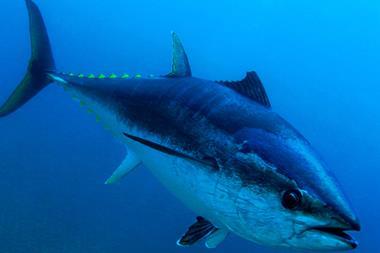
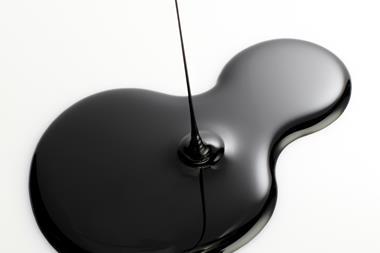
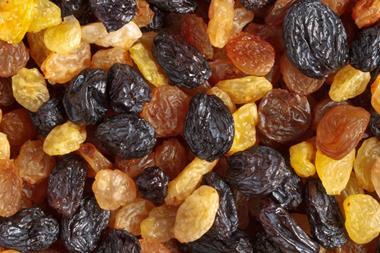

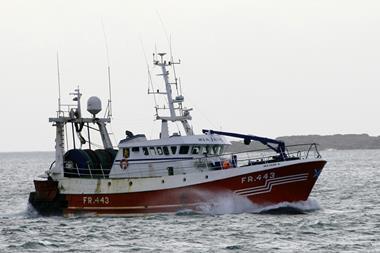
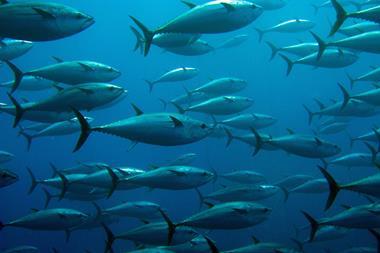






No comments yet